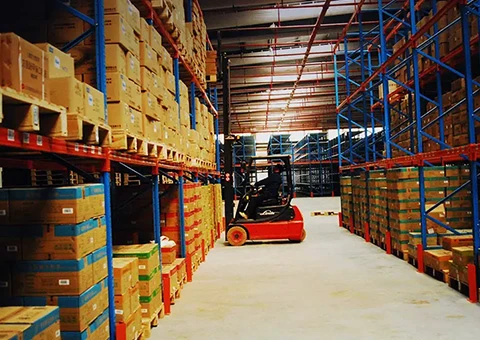Efficient Magnetic Lifters for Steel Plates and Heavy Load Handling Solutions
Understanding Steel Plate Magnetic Lifters
Steel plate magnetic lifters have become an essential tool in various industries due to their efficiency and versatility in handling heavy metal objects. These devices employ magnetic force to lift, move, and position steel plates, making them invaluable in sectors such as manufacturing, shipbuilding, and construction. In this article, we will explore the functionality, advantages, applications, and considerations for using magnetic lifters.
Functionality
A steel plate magnetic lifter operates using the principles of magnetism. The lifter consists of a robust design that houses a powerful permanent magnet or an electromagnet. When activated, the magnetic field generates a strong force that allows the device to attach to ferromagnetic materials, such as steel plates. The lifter can easily pick up and hold these plates while allowing for smooth movement, which is crucial in environments where precision is needed.
Most magnetic lifters are designed with a simple on-off switch. When the switch is turned on, the electromagnetic coil generates a magnetic field strong enough to lift the maximum load specified by the manufacturer. When it is turned off, the magnetic force is disengaged, allowing for safe relocation or lowering of the steel plate.
Advantages
1. Efficiency Magnetic lifters significantly reduce the time and manpower required to move heavy steel plates. By automating the lifting process, workers can focus more on critical tasks, resulting in increased productivity.
2. Safety With a magnetic lifter, the risk of accidents associated with manual lifting methods is minimized. These devices securely hold the material, reducing the likelihood of drops or mishaps during transportation.
3. Versatility Magnetic lifters can handle various steel shapes and sizes, making them suitable for diverse applications. They are particularly useful in environments where traditional lifting methods may be impractical.
4. Durability Most magnetic lifters are built to withstand harsh conditions, making them suitable for outdoor use and in environments subject to wear and tear.
5. Cost-Effectiveness While the initial investment may seem significant, magnetic lifters can lead to long-term savings by reducing labor costs and enhancing operational efficiency.
Applications
Steel plate magnetic lifters have a wide range of applications across various industries
- Manufacturing In factories, these lifters are used for moving steel sheets and components during assembly lines or for load-out processes.
steel plate magnetic lifter

- Construction In construction sites, magnetic lifters aid in the placement of steel beams and plates, ensuring accurate positioning without the need for additional equipment.
- Shipbuilding Magnetic lifters are invaluable in shipbuilding facilities where heavy metal components must be maneuvered with precision
.- Metal Fabrication For metal fabricators, magnetic lifters streamline the handling of raw materials, increasing productivity.
- Warehousing In warehouses, magnetic lifters optimize the movement of stored steel products, making inventory management more efficient.
Considerations for Use
While steel plate magnetic lifters offer numerous advantages, certain factors should be considered before purchase and use
1. Load Capacity It is crucial to select a magnetic lifter that is rated for the intended load. Exceeding the manufacturer's specifications can result in equipment failure and safety hazards.
2. Material Thickness The thickness of the steel plate affects the performance of the lifter. Adequate contact area is necessary to generate sufficient lift.
3. Surface Conditions The condition of the steel surface must be clean and free of rust or debris to ensure optimal performance. Dirty surfaces reduce the magnet’s effectiveness.
4. Operating Environment Consider environmental factors such as temperature and exposure to corrosive substances, as they can impact the lifter’s performance and durability.
5. Training Proper training for operators is essential to maximize safety and efficiency when using magnetic lifters.
Conclusion
In summary, steel plate magnetic lifters are vital tools for industries that handle heavy metal objects. Their efficiency, safety features, and versatility make them an excellent choice for improving productivity in various applications. By understanding their functionality, advantages, and considerations, businesses can make informed decisions about integrating magnetic lifters into their operations, ultimately enhancing their overall efficiency and safety.
-
Unlock Seamless Relocation with Our Heavy Equipment Moving ExpertiseNewsJun.06,2025
-
Unleash Unrivaled Flexibility with Our Adjustable Gantry CraneNewsJun.06,2025
-
Unleash Heavy-Duty Efficiency with Our Industrial Gantry Crane SolutionsNewsJun.06,2025
-
Revolutionize Steel Handling with Our Magnetic Lifter RangeNewsJun.06,2025
-
Master Equipment Mobility with Premium Machinery Mover SolutionsNewsJun.06,2025
-
Elevate Your Material Handling with Magnetic Lifter TechnologyNewsJun.06,2025
-
YS Permanent Lifting Magnets: The Smarter Way to Handle SteelNewsMay.22,2025
